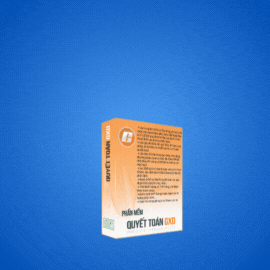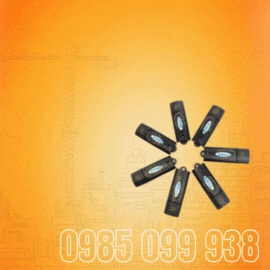EVOLUTION OF CLOTHING STYLES THROUGH
THE FIFTEENTH CENTURY
During the fifteenth century, the princes of the state od burgundy (in what is now france) lived in magnificent wealth and extravagance. Rich velvets, heavy damasks, soft silks and shimmering satin, combined with precious jewels, added beauty and splendour to the age of chivalry.
Still the most flattering women’s dress of this period was the Houppelande gown. This was high-waisted and worn with a broad belt below the bosom. The belt was usually decorated with circles, stars or flower designs and it was thought to possess magical power. The low-cut neckline was filled in with a ‘modesty’ vest and women were not allowed to show bare arms. The skirt of the gown was full and edged with fur that formed a long train. Shoes were flat, so to make her look taller. The fifteenth century woman wore a hennin that was stiffened and covered in silveror gold brocade. A transparent veil that could be shaped and wired in to two or three wings topped it. Hair was not allowed to show beneath the head dress, so women removed their eye brows and the hair from the nape of their necks and foreheads.
A version of the houppelande was worn by men but it did not reach the ground. By the middle of the fifteenth century, the very short tunic had become popular with younger men. The body of the tunic was padded, with flat pleats that came together at the wait and then flared out in the short skirt. The shoulders were padded and puffed out to add to the overall impression of slim waist and droad masculine chest and sholders. Hose, tailored of wool or cotton in various colours, were worn under the tunic. Shoes were made primarily of soft leather, but velvet, brocade and other materials were also used. Styles of man’s shoes varied from decorated short boots, faced or buckled at the side to snug-fitting shoes with very long point toes. The point some times reached a length of 45 cm and it became necessary to tie the end back on the shoe. A law was eventually passed fining any man wearing shoes with point longer than 5 cm.









